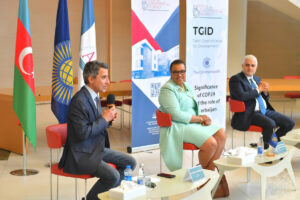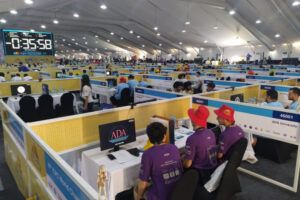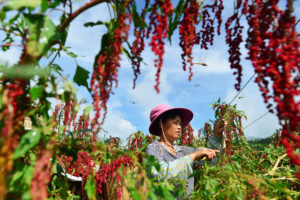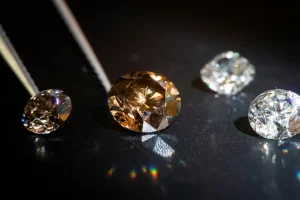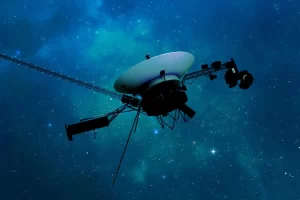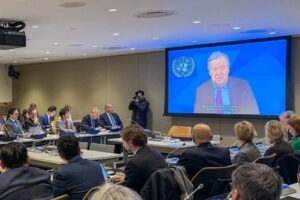Tokyo, 1 August, /AJMEDIA/
The small motorboat anchors in the middle of the Chesapeake Bay. Shrieks of wintering birds assault the vessel’s five crew members, all clad in bright orange flotation suits. One of the crew slowly pulls a rope out of the water to retrieve a plastic tube, about the length of a person’s arm and filled with mud from the bottom of the bay. As the tube is hauled on board, the stench of rotten eggs fills the air.
“Chesapeake Bay mud is stinky,” says Sairah Malkin, a biogeochemist at the University of Maryland Center for Environmental Science in Cambridge who is aboard the boat. The smell comes from sulfuric chemicals called sulfides within the mud. They’re quite toxic, Malkin explains.
Malkin and her team venture out onto the bay every couple of months to sample the foul muck and track the abundance of squiggling mud dwellers called cable bacteria. The microbes are living wires: Their threadlike bodies — thinner than a human hair — can channel electricity.
Cable bacteria use that power to chemically rewire their surroundings. While some microbes in the area produce sulfides, the cable bacteria remove those chemicals and help prevent them from moving up into the water column. By managing sulfides, cable bacteria may protect fish, crustaceans and other aquatic organisms from a “toxic nightmare,” says Filip Meysman, a biogeochemist at the University of Antwerp in Belgium. “They’re kind of like guardian angels in these coastal ecosystems.”
Now, scientists are studying how these living electrical filaments might do good in other ways. Laboratory experiments show that cable bacteria can support other microbes that consume crude oil, so researchers are investigating how to encourage the bacteria’s growth to help clean up oil spills. What’s more, researchers have shown that cable bacteria could help slash emissions of a potent greenhouse gas — methane — into the atmosphere.
There’s plenty of evidence that cable bacteria exert a strong influence over their microbial neighbors, Meysman says. The next step, he says, is to figure out how to channel that influence for the greater good.





